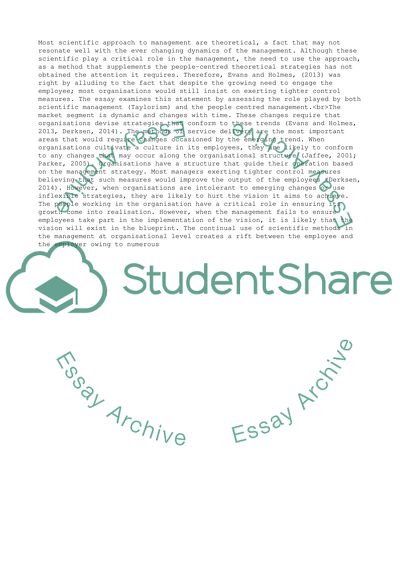Cite this document
(Despite the rhetoric of employee engagement, organisations still want Essay, n.d.)
Despite the rhetoric of employee engagement, organisations still want Essay. https://studentshare.org/management/1871927-despite-the-rhetoric-of-employee-engagement-organisations-still-want-to-exert-tighter-control
Despite the rhetoric of employee engagement, organisations still want Essay. https://studentshare.org/management/1871927-despite-the-rhetoric-of-employee-engagement-organisations-still-want-to-exert-tighter-control
(Despite the Rhetoric of Employee Engagement, Organisations Still Want Essay)
Despite the Rhetoric of Employee Engagement, Organisations Still Want Essay. https://studentshare.org/management/1871927-despite-the-rhetoric-of-employee-engagement-organisations-still-want-to-exert-tighter-control.
Despite the Rhetoric of Employee Engagement, Organisations Still Want Essay. https://studentshare.org/management/1871927-despite-the-rhetoric-of-employee-engagement-organisations-still-want-to-exert-tighter-control.
“Despite the Rhetoric of Employee Engagement, Organisations Still Want Essay”. https://studentshare.org/management/1871927-despite-the-rhetoric-of-employee-engagement-organisations-still-want-to-exert-tighter-control.


